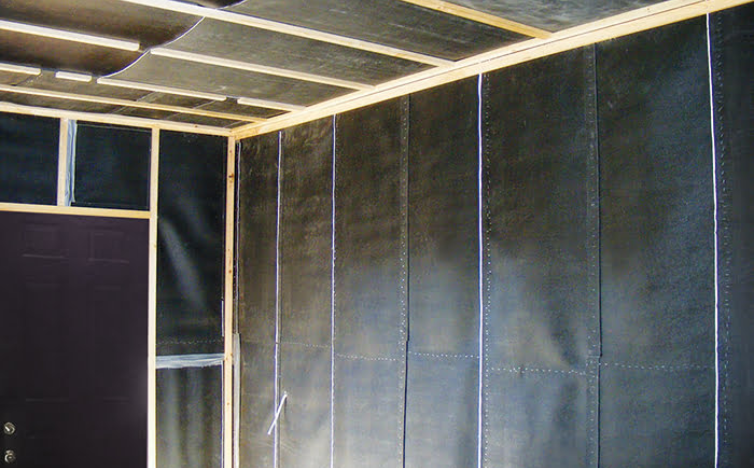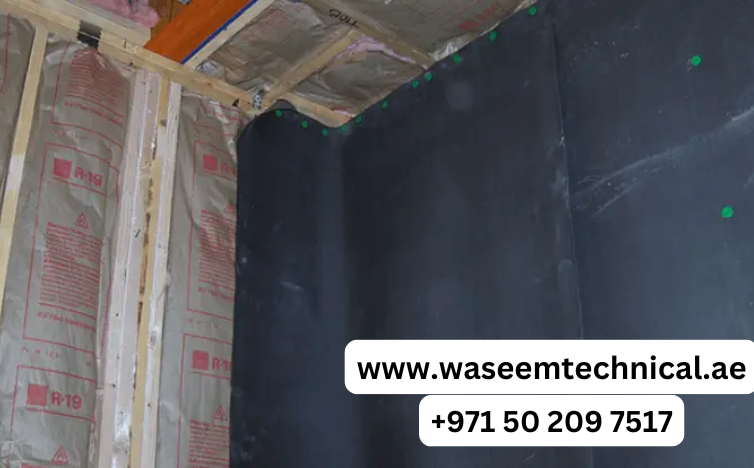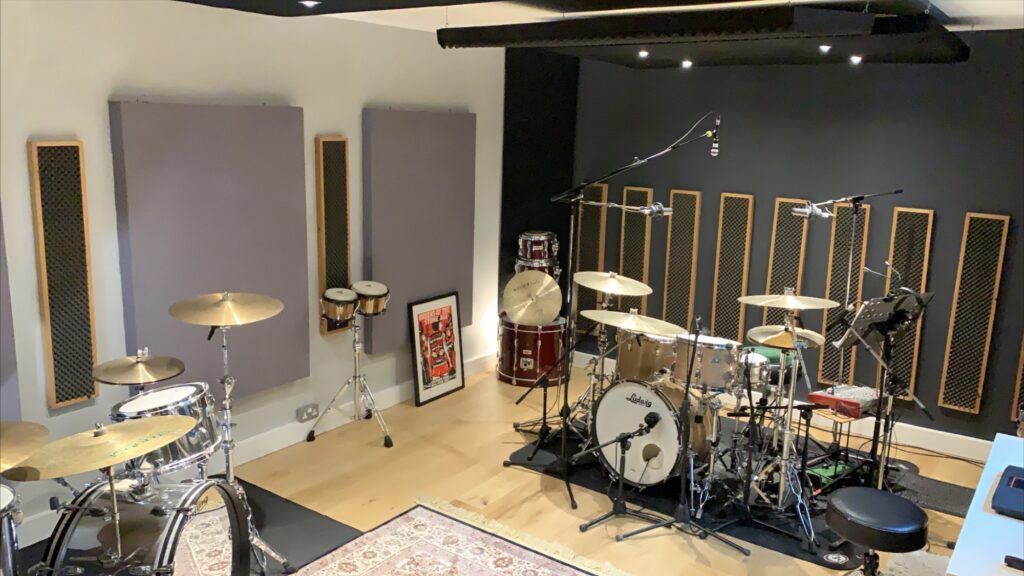Mass Loaded Vinyl (MLV) is a dense, flexible soundproofing material designed to block airborne noise. Made from vinyl infused with barium or calcium carbonate, MLV is commonly used in walls, floors, ceilings, and even vehicles to reduce sound transmission. But with its higher price compared to other soundproofing materials, many wonder: Is MLV worth the investment?
How Mass Loaded Vinyl Works
MLV operates on the principle of mass law, which states that heavier materials block sound more effectively. Unlike foam or fiberglass (which absorb sound), MLV acts as a sound barrier, preventing noise from passing through walls, floors, or ceilings.
Key Features of MLV:
- High Density (1-2 lbs per sq ft) – Effectively blocks mid to high-frequency noise.
- Flexible & Thin (1/8” to 1/4” thick) – Easy to install without taking up much space.
- Fire-Resistant & Durable – Long-lasting and safe for most applications.
Pros of Mass Loaded Vinyl

1. Superior Noise Blocking
MLV outperforms many traditional materials (like drywall or foam) in blocking airborne noise such as voices, TV sounds, and traffic.
2. Space-Efficient
Unlike bulky insulation, MLV is thin and can be layered behind drywall, under flooring, or inside car doors without adding significant thickness.
3. Versatile Applications
- Home Theaters – Reduces sound leakage.
- Recording Studios – Enhances sound isolation.
- Apartments & Condos – Minimizes neighbor noise.
- Automotive – Quiets road and engine noise.
4. Long Lifespan
Unlike foam that degrades over time, MLV remains effective for decades with no maintenance.
See Also: Is Mass Loaded Vinyl Waterproof? Wet Environment Use
Cons of Mass Loaded Vinyl
1. Higher Cost
MLV is more expensive than fiberglass or acoustic foam, ranging from 1.50to1.50to5 per sq ft.
2. Limited Low-Frequency Blocking
While great for mid/high frequencies, MLV alone may not fully block deep bass sounds (subwoofers, heavy machinery).
3. Installation Challenges
- Must be properly sealed (edges taped, seams overlapped) for maximum effectiveness.
- Heavy and awkward to handle alone.
MLV vs. Alternative Soundproofing Materials
| Material | Best For | Cost (per sq ft) | Effectiveness |
|---|---|---|---|
| Mass Loaded Vinyl | Blocking airborne noise | 1.50−1.50−5 | High |
| Acoustic Foam | Absorbing echoes | 0.50−0.50−2 | Low (doesn’t block sound) |
| Fiberglass Insulation | Thermal + mild soundproofing | 0.30−0.30−1 | Moderate |
| Green Glue + Drywall | Wall/ceiling soundproofing | 1−1−3 | High (when combined) |
When Is MLV Worth the Cost?
✅ Worth It If:
- You need serious noise blocking (not just absorption).
- Space is limited (thin profile is crucial).
- You want a long-term, durable solution.
❌ Not Worth It If:
- You only need echo reduction (use foam instead).
- Budget is tight (fiberglass or Green Glue may suffice).
- Dealing with extreme bass vibrations (MLV needs additional damping).
Call us: Contact Waseem Technical Soundproofing Expert in Dubai For Soundproofing: +971 50 209 7517
Final Verdict: Is MLV Worth It?
Yes, if you need a high-performance sound barrier. MLV is one of the best materials for blocking airborne noise in walls, floors, and vehicles. However, for those on a budget or dealing with low-frequency rumbles, combining MLV with other solutions (like resilient channels or Green Glue) may be more cost-effective.




